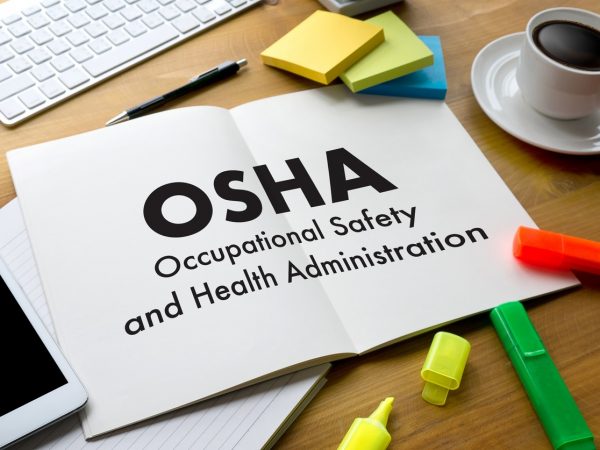
Cal-OSHA Regulations: General Indsutry Safety Orders: Safe Practices and Personal Protection: Title 8.Sub Ch.7, Group 2, Article 7 (Section 3342)
Section 3342. Violence Prevention in Health Care.
- The threat or use of physical force against an employee that results in, or has a high likelihood of resulting in, injury, psychological trauma, or stress, regardless of whether the employee sustains an injury;
- An incident involving the threat or use of a firearm or other dangerous weapon, including the use of common objects as weapons, regardless of whether the employee sustains an injury.
Training. The employer shall provide effective training to employees, that addresses the workplace violence risks that the employees are reasonably anticipated to encounter in their jobs.
Employees assigned to respond to alarms or other notifications of violent incidents or whose assignments involve confronting or controlling persons exhibiting aggressive or violent behavior shall be provided training on the following topics prior to initial assignment and at least annually thereafter. This additional training shall include:
Title 22 are the CMS regulations on restraint and seclusion, namely restraint or seclusion may be imposed only to ensure the immediate physical safety of the patient, a staff member or others and must discontinued at the earliest possible tiem. The patient also has the right to safe implementation of restraint or seclusion by trained staff [42. CFR Section 482.13]
updated with varying frequencies. While we attempt to keep the information current, readers should read the source information directly, go to the source to check for updates or conduct further research. For information and/or legal advice, consult with your attorney or States Attorney General.